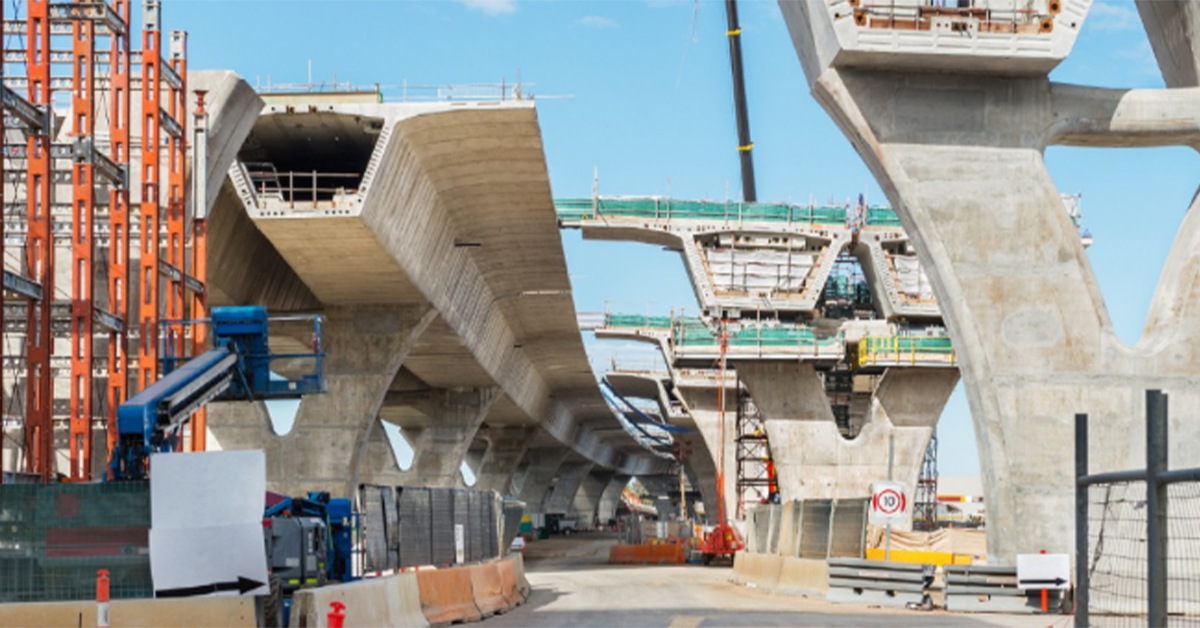- No products in the cart.
Slow infrastructure project roll-out drags construction to 3-year low
November 27, 2019


“Construction activity continues to sink lower with few signs yet that new infrastructure projects are coming to life on the ground,” Master Builders Australia’s Chief Economist Shane Garrett said.
The ABS figures out today indicate that the volume of construction work done during the September 2019 quarter slipped by 0.4% compared with the June 2019 quarter.
“During the most recent quarter, the volume of construction work actually done was the weakest since the end of 2016. Compared with this time last year, activity is down 7%,” Shane Garrett said.
“The results are particularly disappointing on the engineering/civil construction side of the market where the volume of work done has dropped by 9.6% over the past year. This is the side of the construction industry where the portfolio of new infrastructure projects should be showing up,” he said.
“We should be in the early stage of an infrastructure construction boom but we are not there yet. We need state and territory governments to work with their federal counterparts to get construction activity moving on the ground,” Shane Garrett said.
“The new data mean that the risk of an economic growth vacuum is getting bigger. Everything must be done to lift short-term demand across the economy – and accelerating the roll out of government-led infrastructure projects is the best way,” he said.
“As the Governor of the Reserve Bank pointed out just last evening, monetary policy has its limitations with respect to promoting growth – including the reality that interest rate cuts can take many months to work their full benefits through the economy,” Shane Garrett said.
“Increasing government spending and accelerating the pace of project work would offer a very immediate way out of the current growth impasse,” Shane Garrett said.
During the September 2019 quarter, six of the eight states and territories experienced falls in construction activity.
Expansions occurred in Tasmania (+10.0%) followed by Victoria (+3.5%).
During the September 2019 quarter, the largest reduction in construction work hit South Australia (-5.0%) followed by Western Australia (-3.8%) and the Northern Territory (-3.1%).
The declines in construction activity were a bit more measured in Queensland (-2.1%), the ACT (-0.9%) and New South Wales (-0.5%).

